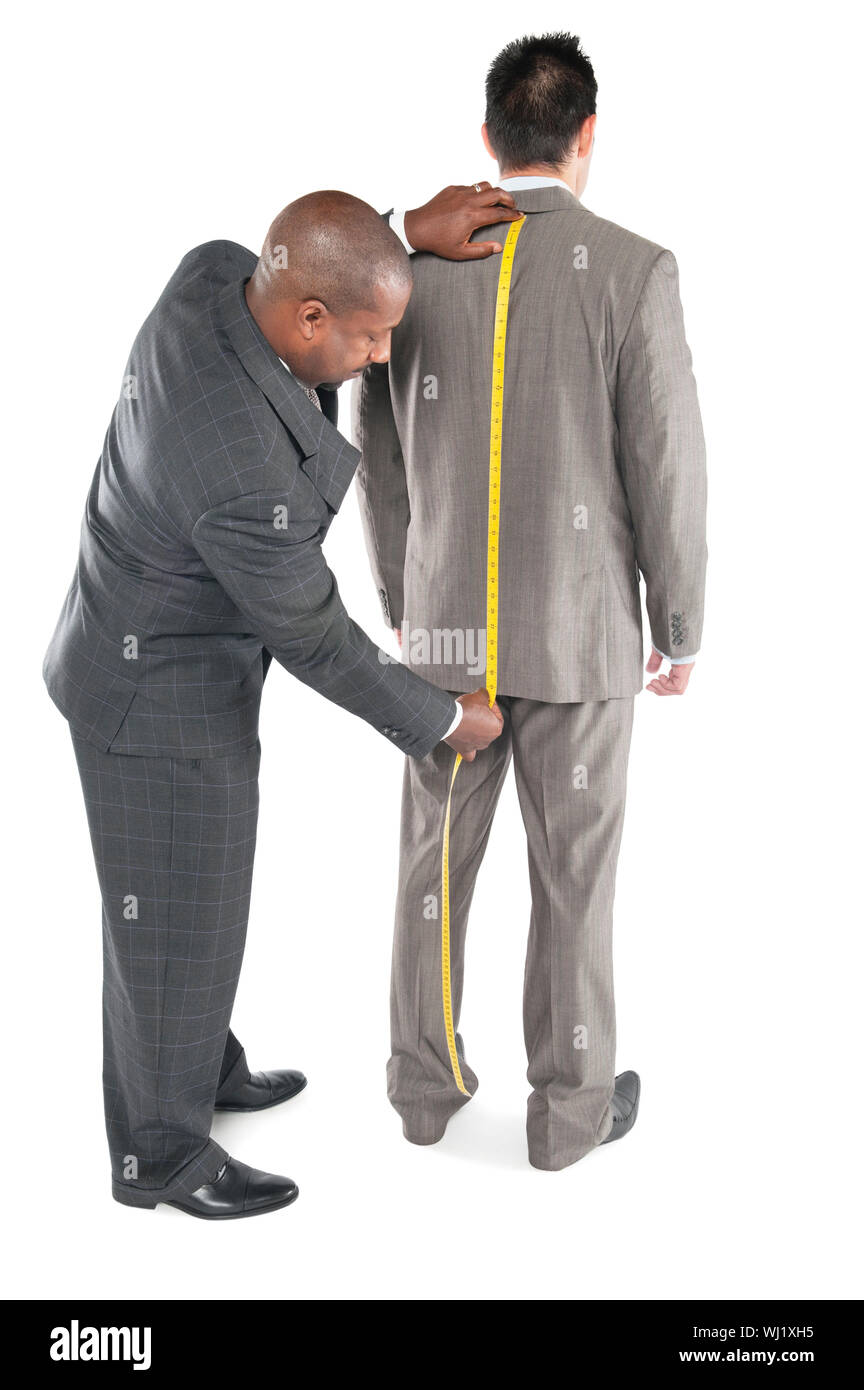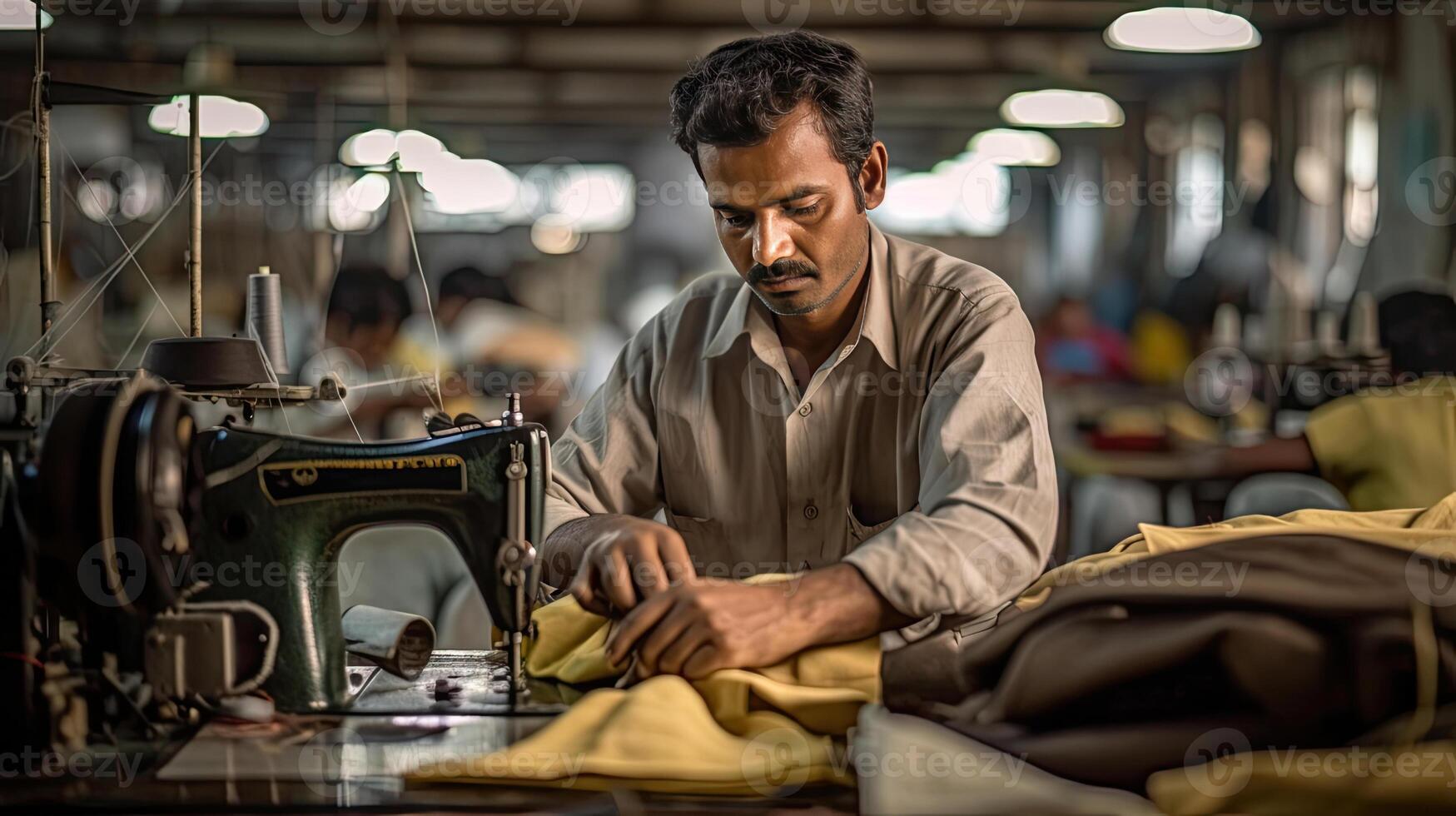Tailor Perth Professionals: Raise Your Style with Custom Tailoring
Wiki Article
Comprehending the Tailoring Process: From Fabric Selection to Final Suitable for the Perfect Closet
The customizing procedure is an intricate interaction of art and scientific research, starting with the crucial choice of material choice and culminating in the accurate modifications of final fittings. Each fabric kind brings distinct qualities that influence not only the visual allure but likewise the garment's longevity and viability for various celebrations. Understanding the nuances of customizing methods can boost one's closet to extraordinary degrees of elegance. As we explore these components additionally, one need to take into consideration exactly how even the tiniest details can substantially impact the total result of one's personal design.Importance of Fabric Selection
Picking the best textile is important in the customizing process, as it directly affects the convenience, sturdiness, and total aesthetic of the final garment (tailor perth). The choice of textile establishes the structure for the garment's design, capability, and performance. Different fabrics possess distinct residential properties, such as weight, breathability, and stretch, which can significantly affect how the garment drapes and fits the bodyFurthermore, material option affects the garment's durability and simplicity of treatment. High-grade textiles can hold up against damage, maintaining their look and framework over time, while lower-quality products might bring about pilling or fading. In addition, the right fabric adds to the garment's ability to shift across seasons and occasions, thereby boosting versatility.
A tailored item made from an appropriate fabric not only showcases workmanship however likewise elevates the user's self-confidence. As a result, comprehending the subtleties of fabric selection is extremely important for any kind of tailoring endeavor. It makes certain that the end product not just satisfies the aesthetic needs of the client but additionally lines up with practical requirements, thus achieving a harmonious balance between form and feature in the tailored wardrobe.
Kinds of Fabrics and Their Uses
Comprehending the different kinds of fabrics readily available is important for making educated decisions throughout the tailoring procedure. Each fabric possesses one-of-a-kind features that dictate its viability for specific garments and celebrations.Its versatility enables it to be customized into every little thing from tee shirts to outfits. Its all-natural elasticity helps garments preserve shape over time.
Silk shows luxury and is lightweight, making it best for eveningwear and fragile shirts; nonetheless, it requires careful handling because of its delicacy. Linen, with its textured surface, is a preferred option for cozy climates, giving a ventilated and crisp feeling, but it wrinkles conveniently, which may influence the garment's appearance.
Artificial materials, such as polyester and nylon, deal sturdiness and resistance to creases, making them suitable for day-to-day wear and active clothing. Recognizing these material types and their buildings allows for far better decision-making, ensuring that each tailored item not just fits well yet likewise lines up with the designated purpose and event.
The Tailoring Techniques Discussed
The art of tailoring counts on a variety of techniques that transform fabric into well-fitted garments. Central to this process is pattern composing, where a tailor creates templates based on the customer's measurements and wanted design. This initial step makes certain that the garment will certainly fit the user properly prior to any kind of cutting happens.As soon as patterns are established, cutting techniques enter into play. Accuracy is vital as mistakes can cause misfitting garments. Tailors often utilize various cutting techniques, such as single-layer reducing for complex styles and multiple-layer cutting for performance on common patterns.
Basting is another crucial method, allowing dressmakers to temporarily sew material items together for an initial fitting. This approach provides the opportunity to analyze the drape and total silhouette before final sewing.
Seaming methods, consisting of french joints and flat-felled joints, improve the garment's durability and visual allure. Tailors additionally employ methods such as interfacing and padding to supply framework and shape to particular locations, like collars and shoulders.
Finally, finishing strategies, consisting of hemming and edge completing, make certain the garment's longevity while supplying a sleek look. With each other, these strategies form the backbone of reliable customizing, resulting in elegant, custom-fit clothing.
Suitable Changes and Considerations

Trick factors to consider consist of the shoulder fit, which ought to neither sag neither limit motion, and the sleeve length, which ought to allow for comfortable arm motion while keeping a polished look. In addition, modifications at the waistline can improve the shape, with options to allow out or absorb fabric as required.
The increase of trousers is an additional important factor; it needs to sit comfortably over the hips without triggering discomfort, enabling simplicity of movement. Hemming sizes for both pants and skirts need to show the user's favored style while valuing proportions.

Keeping Your Tailored Clothing
Always comply with the care label directions, which might advise completely dry cleansing for fragile fabrics or device cleaning for even more resilient materials. Stay clear of constant laundering, as this can put on down the material and change the garment's shape.Storage space is just as crucial; use padded wall mounts for coats and layers to keep shoulder framework, and shop trousers folded nicely or hung to stop creasing. Shield garments from straight sunshine, which can discolor colors and damage fibers.
Furthermore, regular assessments for minor repair services can protect against bigger concerns. Check for loose switches, tearing seams, or signs of moth damage, attending to these troubles promptly to maintain see this here the garment's integrity.
Last but not least, think about seasonal turning. Putting on tailored items in small amounts allows textiles to recuperate, extending their life expectancy. By executing these upkeep methods, you can ensure that your customized garments stay as immaculate as the day you initially wore them, enhancing your ideal wardrobe for several years to find.
Verdict
The tailoring procedure, including fabric choice, competent techniques, and exact fitting modifications, plays a crucial function in creating garments that improve both convenience and style. Each phase contributes to the overall performance of the last product, ensuring that Your Domain Name garments not only fits well but additionally shows specific identity. Recognizing the relevance of maintenance expands the life of tailored garments, strengthening their value in a well-curated wardrobe. A detailed strategy to customizing culminates in a refined and certain appearance.Selecting the right fabric is vital in the customizing process, as it directly influences the comfort, sturdiness, and overall visual of the final garment. The option of textile establishes the structure for the garment's style, functionality, and performance. Different fabrics possess distinct homes, such as stretch, breathability, additional hints and weight, which can significantly influence exactly how the garment drapes and fits the body.
The art of customizing relies on a selection of techniques that change fabric into well-fitted garments.The tailoring process, encompassing textile choice, knowledgeable strategies, and accurate fitting changes, plays a critical duty in producing garments that enhance both convenience and design.
Report this wiki page